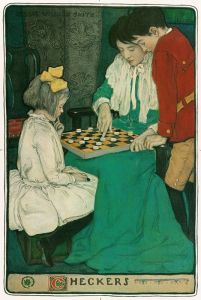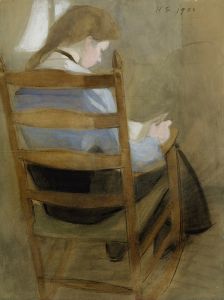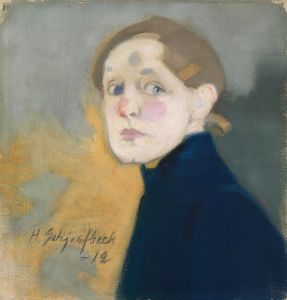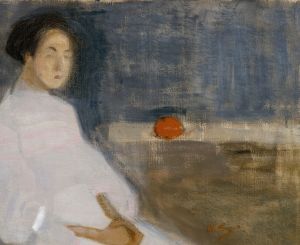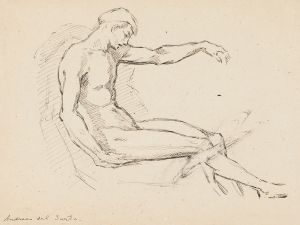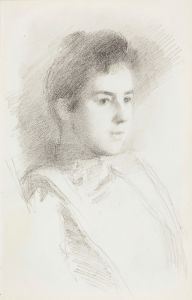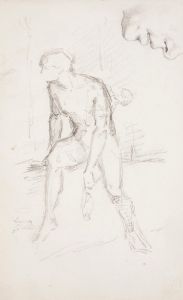
Head of a Girl
A hand-painted replica of Helene Schjerfbeck’s masterpiece Head of a Girl, meticulously crafted by professional artists to capture the true essence of the original. Each piece is created with museum-quality canvas and rare mineral pigments, carefully painted by experienced artists with delicate brushstrokes and rich, layered colors to perfectly recreate the texture of the original artwork. Unlike machine-printed reproductions, this hand-painted version brings the painting to life, infused with the artist’s emotions and skill in every stroke. Whether for personal collection or home decoration, it instantly elevates the artistic atmosphere of any space.
"Head of a Girl" is a painting by the Finnish artist Helene Schjerfbeck, created in 1885. Schjerfbeck, born on July 10, 1862, in Helsinki, Finland, is renowned for her contributions to modern art and her distinctive style that evolved significantly over her career. She is considered one of Finland's most important artists.
The painting "Head of a Girl" is an early work by Schjerfbeck, created when she was just 23 years old. This period of her career is marked by her academic training and the influence of realism, which is evident in the meticulous attention to detail and the lifelike representation of the subject. The painting depicts a young girl, capturing her delicate features and the softness of youth with a tender and sensitive approach.
Schjerfbeck's early works, including "Head of a Girl," often focused on portraiture and genre scenes. During this time, she was influenced by her studies at the Finnish Art Society's Drawing School and her exposure to European art during her travels. She studied in Paris at the Académie Colarossi and was influenced by the naturalistic and realistic styles prevalent in the late 19th century.
"Head of a Girl" showcases Schjerfbeck's skill in rendering the human face with a sense of depth and emotion. The painting is characterized by its subtle use of color and light, which highlights the girl's features and creates a sense of intimacy. The background is kept simple, ensuring that the viewer's attention remains focused on the subject.
Throughout her career, Schjerfbeck's style evolved dramatically. After her early realistic works, she moved towards a more modernist approach, characterized by simplified forms and a more abstract treatment of her subjects. Despite these changes, her early works like "Head of a Girl" remain significant for their technical proficiency and emotional depth.
Helene Schjerfbeck's work gained greater recognition later in her life and posthumously. She continued to paint and exhibit her work until her death on January 23, 1946. Today, her paintings are held in high regard and are part of major collections in Finland and internationally.
"Head of a Girl" is a testament to Schjerfbeck's early talent and her ability to capture the essence of her subjects. It remains an important piece in understanding the development of her artistic career and the broader context of Finnish art in the late 19th century.







